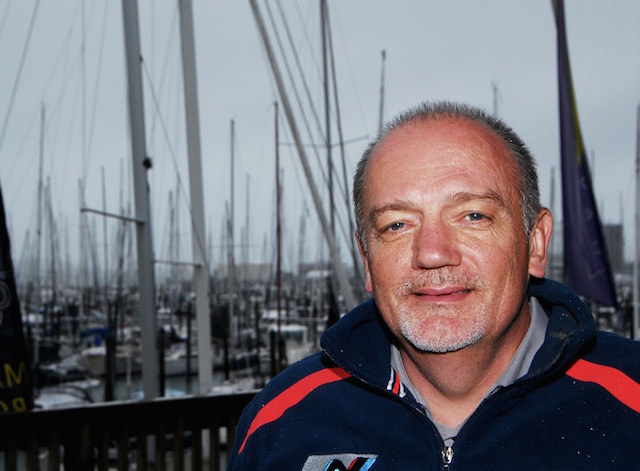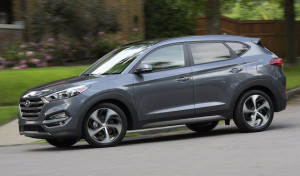
Don’t be surprised if one day a Hyundai model contains design influences from the beach at Port Waikato: the way the tide swirls around rocks in a diffused light from a cloudy sky, a juxtaposition of stationary and moving natural elements.
Such phenomena can play styling tricks in the imaginative mind of German designer Thomas Burkle, the chief of Hyundai’s European styling centre. He is fascinated by the New Zealand landscape. “It’s three-dimensional,” he says.
The 54-year-old German (above) is here on the eve of the launch of the new Tucson SUV, a model he describes as a “head-turner.” It’s a whistle-stop tour, his first. Time enough to ride a quad bike in Port Waikato and jump into the cockpit of a glider in Taupo.

He will file pictures of both places for future reference. Just as he did as a boy in Egypt, watching how the wind carved dunes out of the sand when his father taught at a German school there. Or the first time he saw the curved roof of a Buddhist temple in South Korea, silouhetted against a cloudy sky. “Life in Korea is about curves,” he says.
Such ‘flowing design language’ inspires Burkle. It’s the essence of design. “Fluid expansion,” he calls it – a world of good proportions. Burkle finds them everywhere – in aeroplanes, architecture, the way nature shapes itself, how water flows over river stones …
Car design is about getting the right proportions inside and out. “It’s not just the shape, the overall balance comes from the proportions,” he says. “Developing the package is the challenge, from the interior to the wheelbase.
“Designers want a tapered rear for a more dynamic look; engineers want space. It comes down to a practical aspect versus an emotional aspect. It’s a fight for millimetres between designers and engineers.”

The wheels, too, are an essential part of design. “They are like shoes – they have to fit,” he says. “So do the wheel arches. They give the car direction.”
Burkle joined Hyundai in 2005 from BMW, where he headed design projects for the 3- and 6-Series. Before BMW there was the Volkswagen Group and work on a multimedia project. Before VW there were nine years with Toyota in Brussels and Spain. So why move from BMW to Hyundai?
“BMW’s design direction was already set up,” he says. “But Hyundai’s was pretty basic. It gave me the chance to help build and develop the brand, to create an identity – it was a golden moment to start with a blank sheet of paper.”
In the 10 years since Burkle has signed off on a number of production models, cars and SUVs behind Hyundai’s soaring global reputation. He’s penned concepts, too, like the Genus of 2006, a big car that stunned show-goers at Geneva.
“They were surprised at the design. Hyundai made small cars. What’s it doing make a big car,” they asked. The genes from the Genus made it into the i40 station wagon.
The new Tucson carries Burkle’s design DNA and is one of his most satisfying projects. “The design is more dynamic, the driving experience more responsive,” he says. “This is a big issue – a car is a daily partner in life and it needs to have feedback and emotional appeal.”
